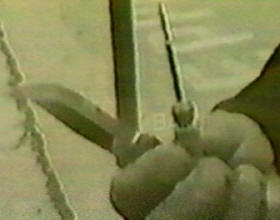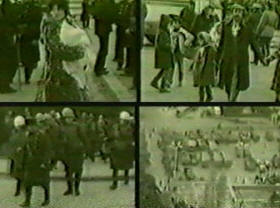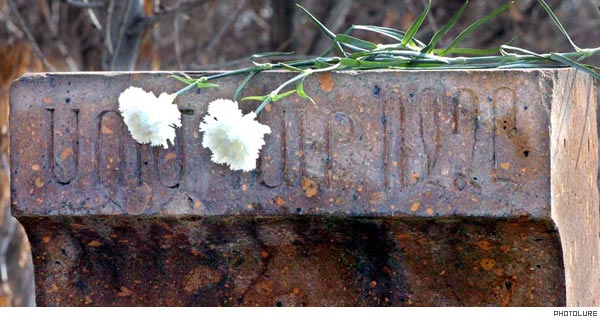 (picture from Armeniapedia)
(picture from Armeniapedia)This thread is dedicated to the genocides "Azerbaijan" committed against Armenians in Sumgait, Kirovabad, Baku, Maragha and other forgotten villages and towns that it cleansed and bombed indiscriminately during the Artsakh liberation war, also known as the Nagorno-Karabakh conflict.
Armenians often forget about these atrocities and others simply don't know anything about them. In our information war with "Azerbaijan", we have FAILED to publicize these events to ourselves and to the world while they have successfully created a myth called "Khojaly massacre" and spread it. Everytime those dimwits to the east of us yell and scream about Khojaly, shove these events to their faces. Everyone's welcome to post material on these events so that we may learn more about them and not forget them.

















Comment